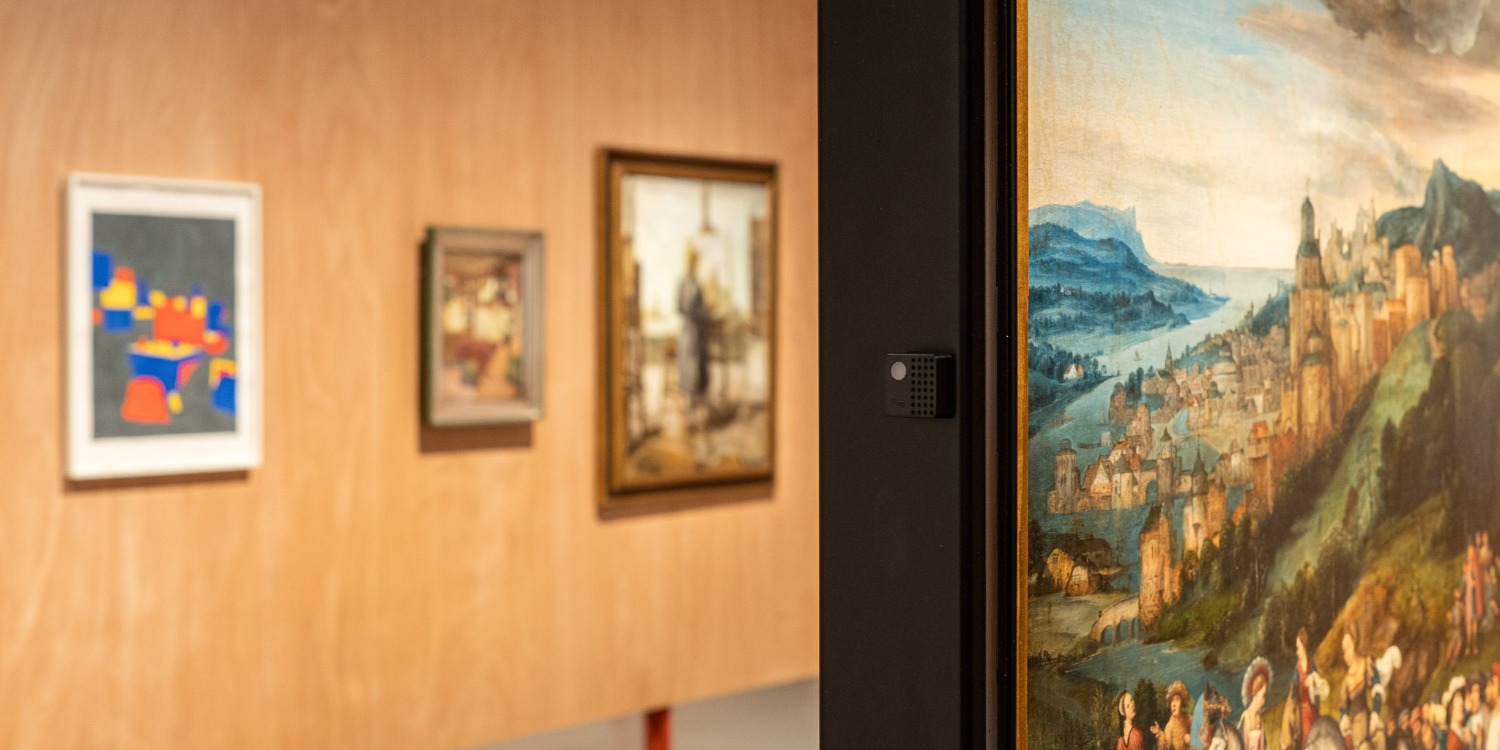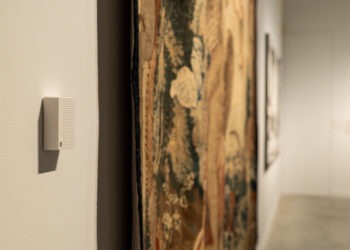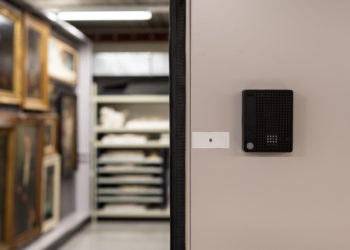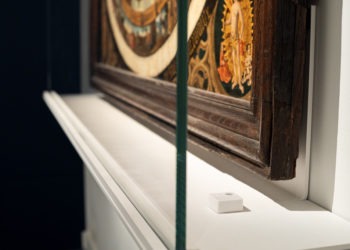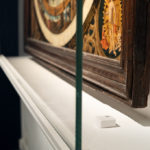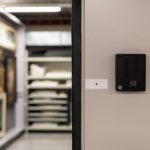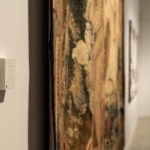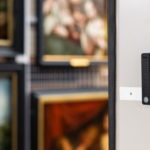International travelling exhibitions, especially those involving climate-sensitive works such as panel paintings, textiles or photographs, rely on the ability to maintain stable environmental conditions across changing contexts. From the moment collections leave their display or storage, to the moment they return home, tour organisers, lenders and hosting organisations ensure their climate conditions – including exposure to temperature, light and humidity levels – remain preserved. When crossing long distances and passing through different building systems, transport modes and institutional practices, these exhibitions depend on climate monitoring as a stable reference for coordination between lending and hosting institutions, ensuring continuity in conservation and care at every stage. This article explores key elements to consider when integrating climate monitoring into a tour, to support its success and ensure maximum protection for the collections.
Access: A clear chain of stakeholders
The management of touring collections involves multiple stakeholders. From registrars, conservators, curators, tour managers and potential partner producers and collectors, to art handlers, packing and crating teams, specialist transport and storage agents, and partner hosting teams, with often multiple hosting venues involved on the tour – a dense web of stakeholders come together to manage the touring of artworks and objects. In such a specific context of international multi-layered collaboration, it is particularly important that the touring team has a clear, mapped understanding of who will interact with the collections and participate in their care on the tour.
With so many hands involved, a simple and efficient tool can play a valuable role: one that supports the preservation of the works while helping to reduce workload. Equally important is transparency: giving lenders the ability to check conditions at any time and receive reports without delay. For the planning of collection management and care, involved stakeholders must be able to provide specific inputs simultaneously, and access the information they require from other parties in a prompt, precise and seamless manner. Information should remain up to date and accessible throughout the whole tour to all relevant parties, so they can share necessary input, receive real time alerts and intervene at any given moment in a swift and timely manner.
Adaptability: Monitoring in motion
Monitoring collections on tour requires to follow works and objects comprehensively all along their journey. Care for collections is designed for objects and artworks in storage, during handling, in transport, in transit inside venues, during installations and space preparations, and when they are on display in galleries. Monitoring is conceived to perform when galleries are filled with visitors, and when they are empty and closed. It also integrates the successive steps of venue presentations, travel and storage times. This multiplicity of contexts impacts data. Therefore, each context must be easily identifiable and the data collected must maintain perfect readability during all the tour steps.
The loggers must at the same time be technically fit for complex transit contexts, and also aesthetically discreet and environmentally neutral during collections’ presentation to the public. As they remain close to the objects when on display sensors need to be as invisible as possible, with various options for sizes and adapted colours allowing for unobtrusive placement. They should also be compatible with the most fragile collections, and be designed with neutral materials such as ABS.
Performance: A sense of tech
From departure to return, artworks and other fragile materials must be kept within predefined climate parameters, as recommended by international guidelines such as the Bizot Green Protocol. All in one advanced sensors measure, gather and cross multiple data necessary to protect collections, bringing together parameters of:
Temperature – measured using a thermometer, in Celsius (C°) or Farenheit (F°)
Light – measured using a light meter, in lumens (lm)
Humidity – measured using a hygrometer, either in grams per kilogram (g/kg), or in relative humidity (RH, %)
Key components to consider for climate monitoring solutions include:
Sensors: Ideal plug and play technology formats enable customers to install monitoring loggers by themselves, and to manage the tool autonomously thanks to simple virtual training. Long term use batteries with easy replacement should be integrated. Sensor calibration must be performed regularly by the company that produced them, to ensure their optimal performance.
Wireless data transmission: A wireless data transmission system sends data to an online platform accessible to all stakeholders, enabling continuity in the data as well as limited visual impact on displays. It can also rely on a phone network rather than Bluetooth or Wi-Fi, for maximum security.
Software: Should present a data compiling interface, with clear visuals, simple metrics and autogenerated diagrammes that support decision making and team management, as well as an integrated alert system and preplanned action protocols.
Online platform: Climate monitoring for collection requires a technology enabling real-time collaboration for the input and transmission of data between multiple users in various locations and situations.
Conclusion
Data format accessibility, readability and shareability, as well as versatile aesthetics, seamless integration, user experience and alerts management adapted to each context are key aspects to be considered by touring teams in the development of their climate monitoring framework.
A well designed data management system supports fast decision-making and risks mitigation all along the tour. On the long run, accessible and readable data can also support the production of facility reports, facilitate the adjustment of buildings’ environmental parameters and enable energy savings.
Key tips for success to implement collection monitoring on tour
Know your collection: what are the maximum temperature, light and humidity levels it can safely tolerate?
Know your partners: Who will interact with the collections? Who shares responsibility for their care?
Manage your team: Who needs to read and interpret the data? Who should take action in case of an incident?
Pick the right tools: Enable real-time collaboration between multiple users in multiple locations, including partners, lenders and hosts institutions.
Manage your data: Make sure the data is complete, centralised, ready to be read and shared.
The CHARP team organises specialist webinars on climate monitoring for collections. You can contact the team at info@charp.be to join the next session online. Discover the upcoming “Collections Climate Monitoring Made Easy” webinars.
Read more about the CHARP monitoring solutions.


